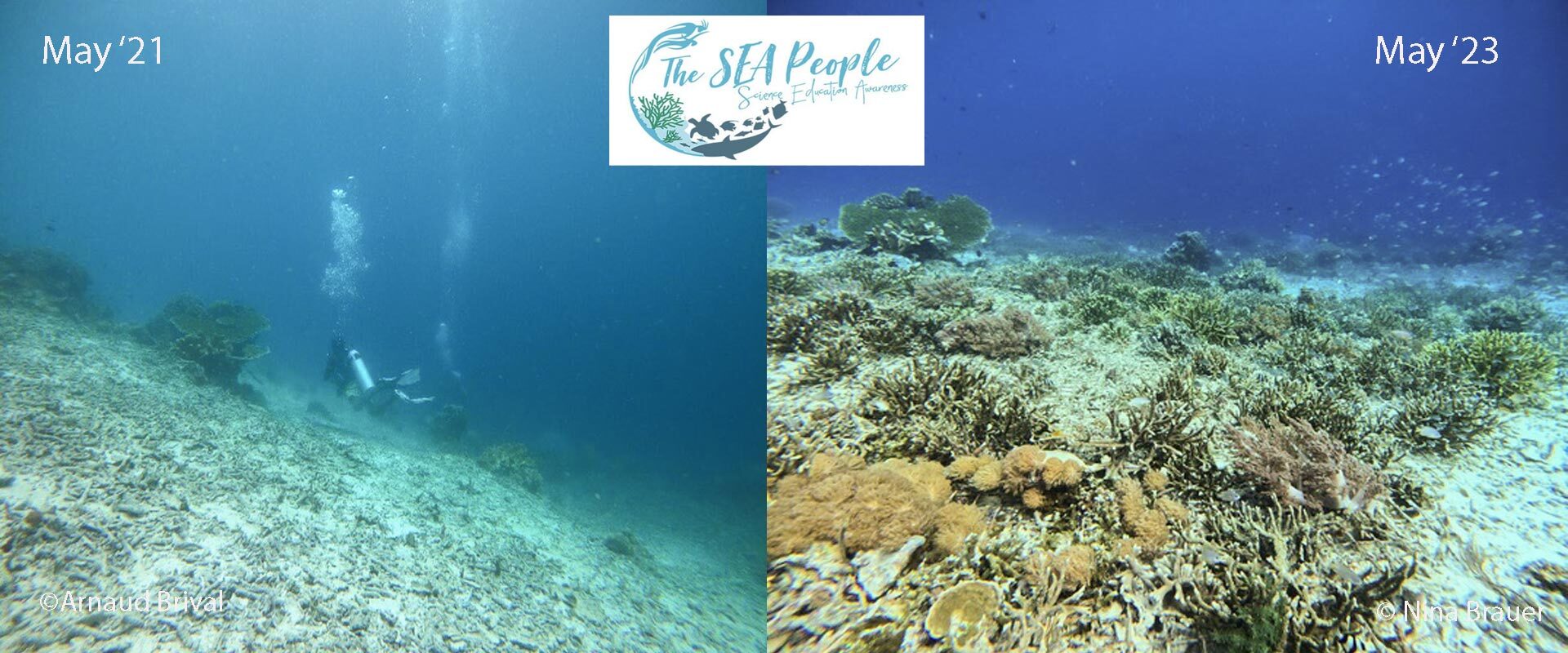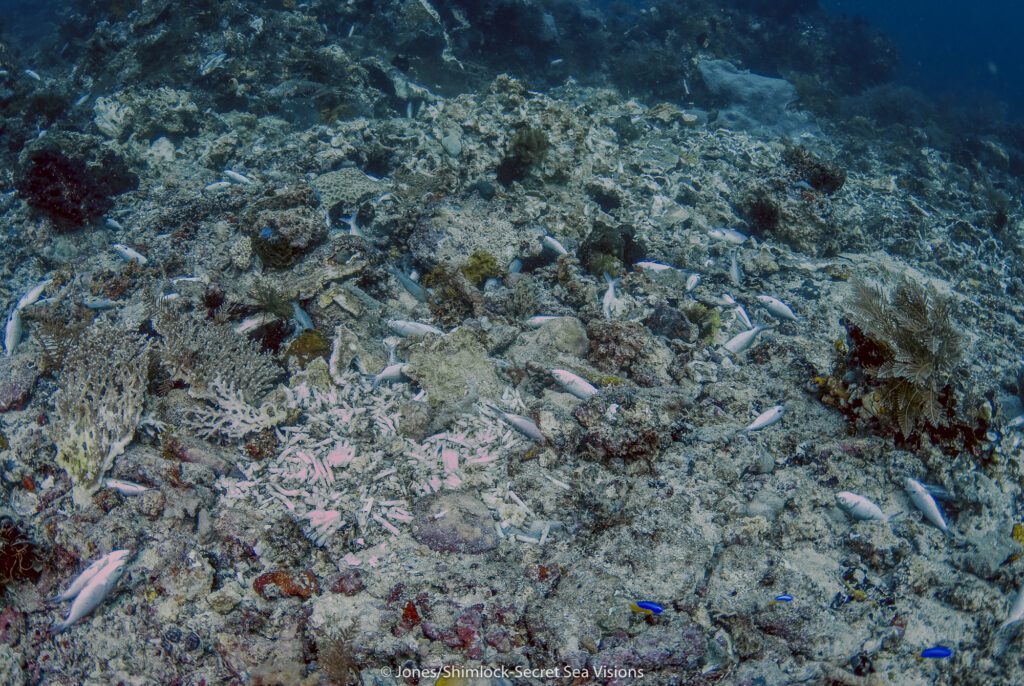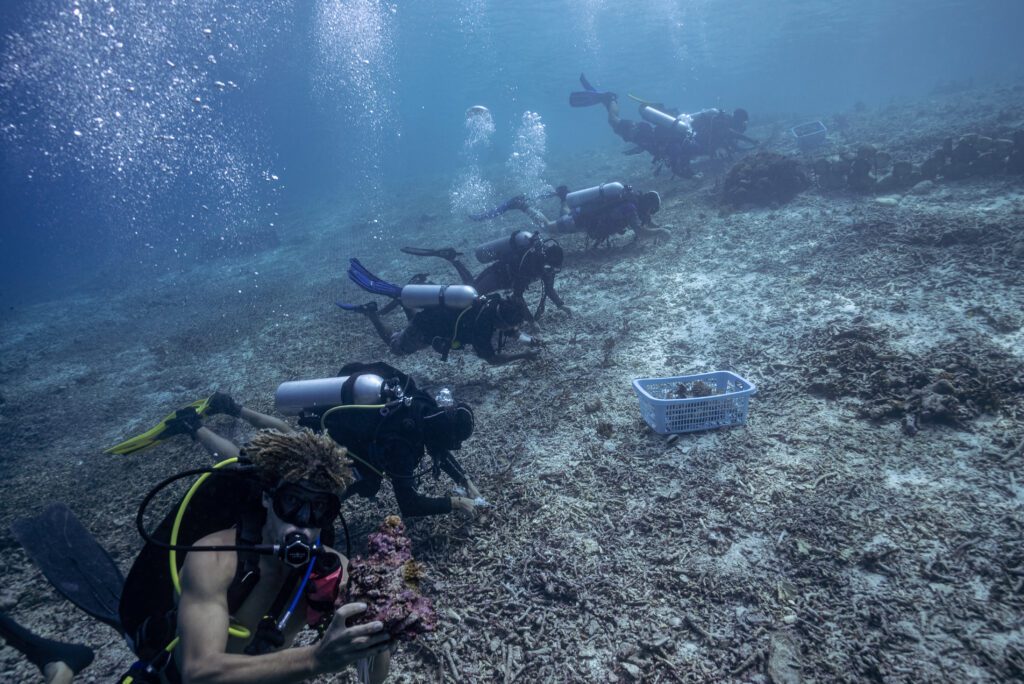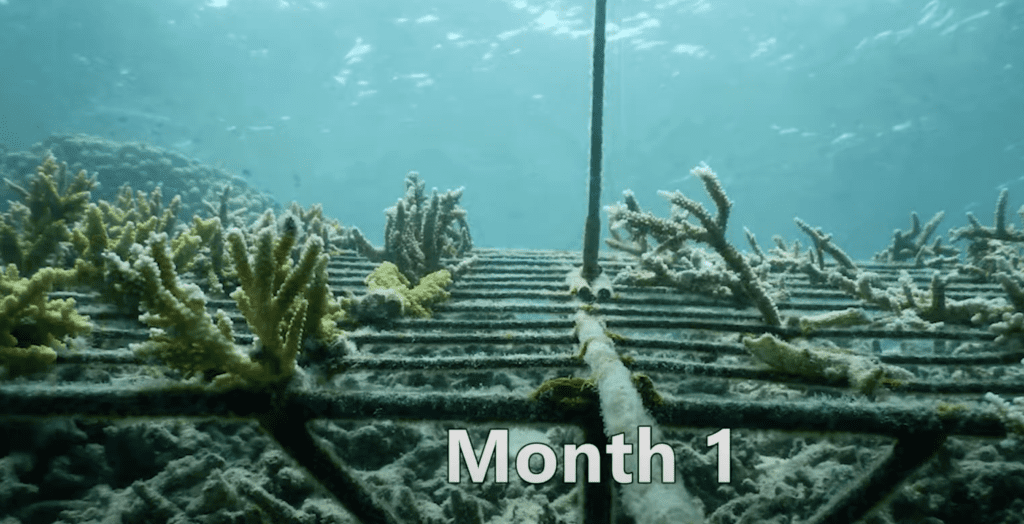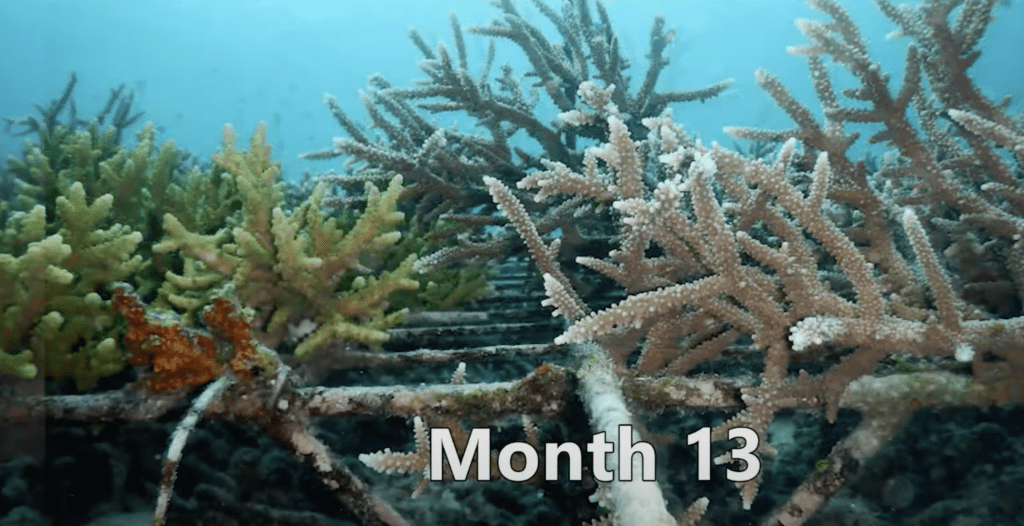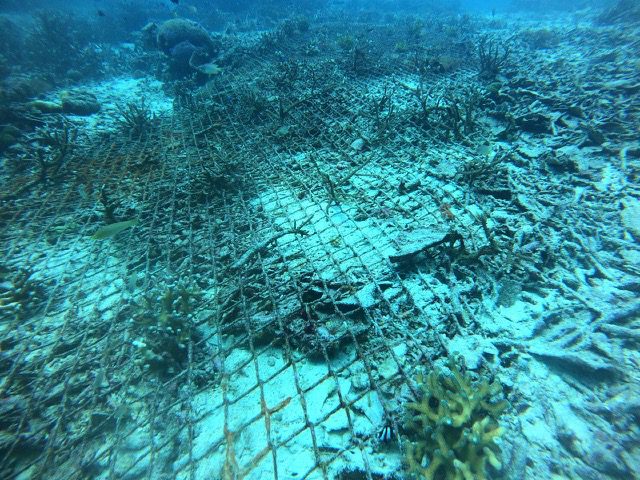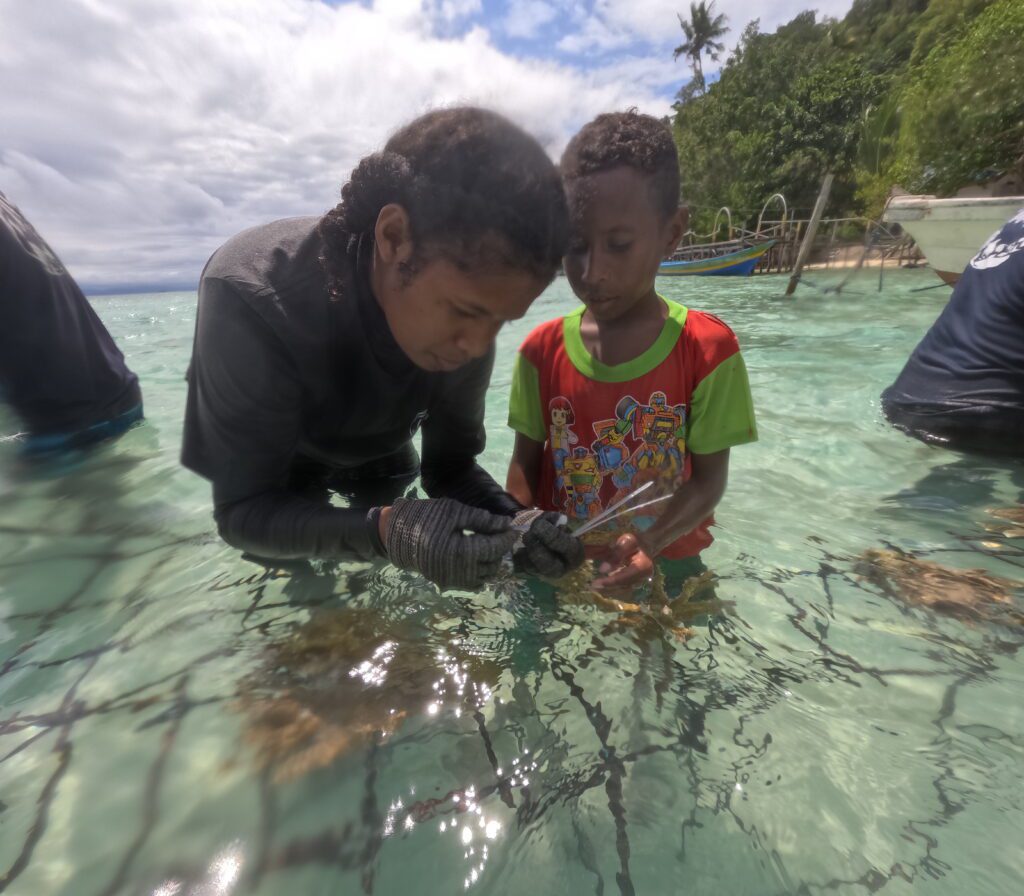The Sea People or Orang Laut and their Yaf Keru Project
Note: In 2020 we posted about our newest BHS Partner, “…announcing The SeaPeople”. But we haven’t posted about their accomplishments since and you will see it’s long overdue! Personally I’m gobsmacked at the scale and scope of their accomplishments. Most of what you will read here can be found on their website, which is full of valuable information about their work and the state of Raja’s reefs. For much more detailed info visit their invaluable site, The Sea People.
Their Mission statement:
To combine science and technology with local and traditional knowledge, skills and management techniques in order to support improved ecosystems management and protection. We focus largely upon capacity building; strengthening the ability of local community members to obtain the skills, knowledge and understanding required for improved management, protection and enhancement of local marine resources.
At a regional scale, The SEA People also works closely with local stakeholders, international NGOs and the private sector, and aim to provide mutually beneficial solutions to ecosystems-based management.
Their Vision:
Is one where all regional stakeholders collaborate and commit to valuing and caring for Raja Amat’s marine ecosystems for the long term benefit of all the lives and livelihoods these ecosystems support.
Their work is multifaceted and quite honestly mind-boggling:
Yaf Keru (Coral Garden) Reef Restoration Program. (Yaf Keru is the Bahasa Biak/local language term for “coral garden”.) Most people think the reef system in Raja is pristine. While that is true in many areas, others (which most visitors never see) need extensive restoration. This post will focus on The Sea People’s Yaf Keru restoration program.
Additional projects, which you can read about on their website:
Orang Laut Raja Ampat: Megafauna and Marine Park Monitoring Project. The future of all Raja Ampat’s communities is directly dependent upon a continued state of reef health. This system utilizes recreational divers and snorkelers to monitor and evaluate the performance of the Marine Park and Shark Sanctuary.
COTS in Raja Ampat Project. (FYI: COTS are Crown of Thorns Starfish, which if uncontrolled, can devastate a reef.) The reporting system is the official COTS monitoring and reporting system of the Marine Park, as endorsed by the Raja Ampat Marine Park Authority and local government for the management of COTS in the region. All culling events or sightings are required to be reported via this system.
Conservation Technology: Collective Intelligence for Environmental Management. Raja Ampat is huge, five million acres huge! The Marine Park personnel can not possibly manage this vast area without the help of Conservation Technology, which for The SEA People includes the use of ArcGIS Technology for spatiotemporal mapping, and providing data collection solutions and real-time information to assist with improved decision making with respect to ecological state, tourism activity and violations of Marine Park Rules and Regulations. The SEA People also use this technology to compile, collate, analyse and share the output and ecological impact of Yaf Keru.
SeaTracker Project. Marine Protected Areas (MPAs) are a key tool for preserving biodiversity and traditional cultures in the marine environment. However, there is concern that many MPAs are mostly legislative exercises, poorly enforced and not effectively providing protection. Sadly MPAs are often referred to as ‘paper parks’. SeaTracker is a software solution designed by The SEA People, which helps MPA Management Authorities, scientists, NGOs and other relevant departments and stakeholders to stay informed and make decisions about our 27 MPAs based on real time information.
Previous Projects: The creation of the Raja Ampat Marine Park website and the construction of the Manta Sandy Ranger Post.
Due to time/space/attention span considerations, this post will focus on the Yaf Keru Reef Reservation Program.
Did you know that 95% of Indonesian coral reefs are under threat? Through their Yaf Keru Program, The Sea People’s goal is to contribute to the preservation, maintenance and restoration of coral reefs within the Dampier Strait. Their objective is to restore 1 hectare/year for the next 3 to 5 years of degraded, damaged or destroyed reef and to protect an equivalent area of primary, pristine reef. (One hectare = 2.47 acres) So far, their success rate is 85%! And the program employs members of the local community, who make up the majority of The Sea People team.
Dynamite Fishing not only kills the “targeted” food fish, it indescrimenately destroys virtually the entire reef system. Yes, it kills the coral too! And once the coral is dead the reef is no longer home to countless species of marine life…

The aftermath of a bombing event. Virtually all the coral is destroyed leaving only unstable rubble, which constantly shifts and “avalanches” down slope oft times covering and killing the few remaining live corals. Coral needs a solid, firm substrate in order to grow. Without help this reef will not recover for decades, if ever!
There is hope however. It is coral reef restoration. This is what The Sea People’s Yaf Keru Reef Restoration Program is about. And it works! This program is “one of”, if not THE largest, coral restoration program in the world. Others advertise themselves as being the largest/biggest/etc., but in terms of area Yaf Keru is indeed larger plus they have the science and monitoring to back it up.
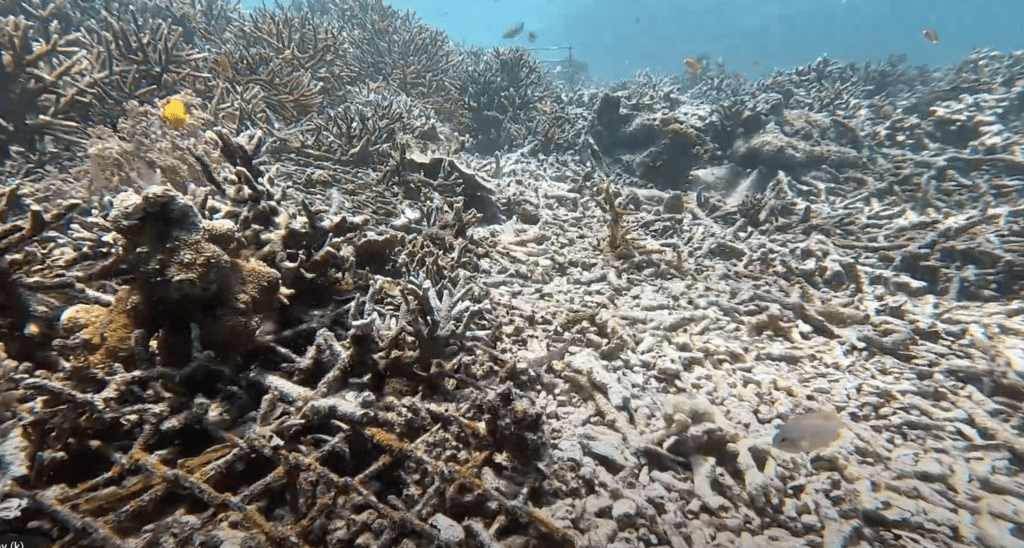
Left: the substrate has been stabilized by the grid and the coral is growing prolifically. Right: the substrate is still unstable and the coral is unable to colonize the area. And the grid? It is chain link fencing, which is readily available, simple and cheap. ©The SEA People
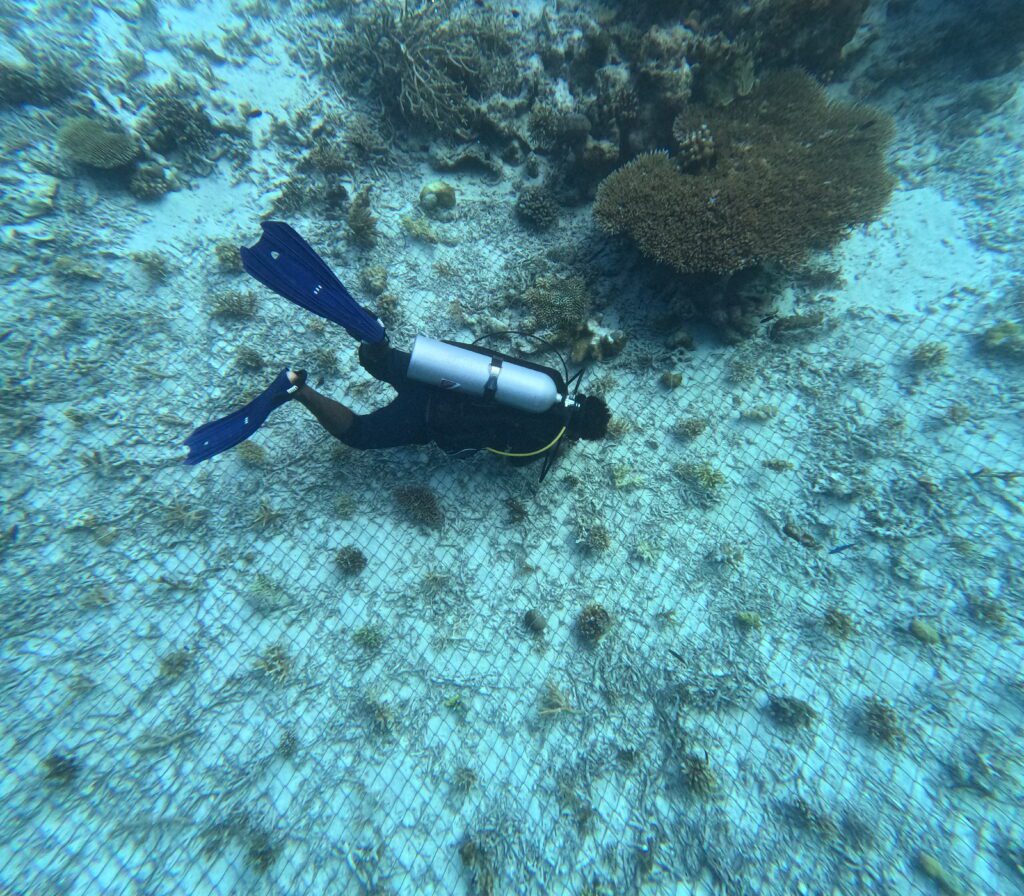
A Sea People “coral farmer” swims over the stabilizing grid with coral fragments attached. ©The SEA People
Do the coral fragments thrive?
Check out this patch of dead reef.
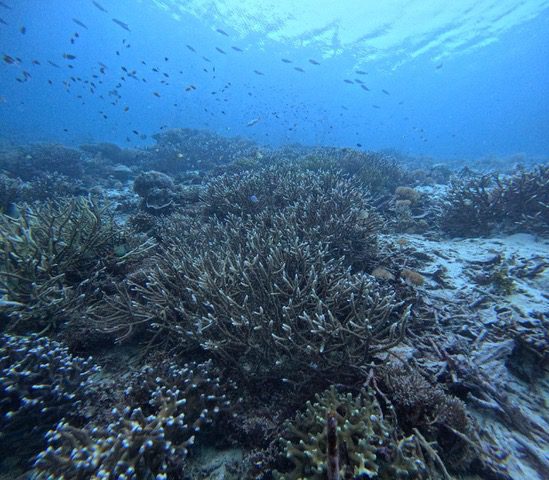
By May ’23, the grid was nearly invisible and the substrate stabilized thanks to prolific new coral growth. ©The SEA People
If you are interested, you can see ‘real time’ progress here: https://theseapeople.org/yaf-keru-our-impact/… go into the ’Timelapse’ tab, and you’ll see a view of monitoring points over time.
Do you care? (If you have read this far, probably so!) Would you be willing to help? Click here.





































